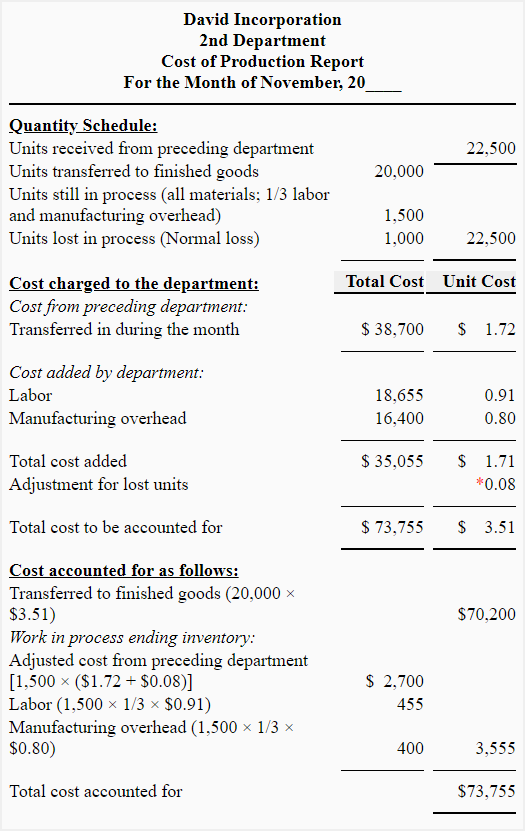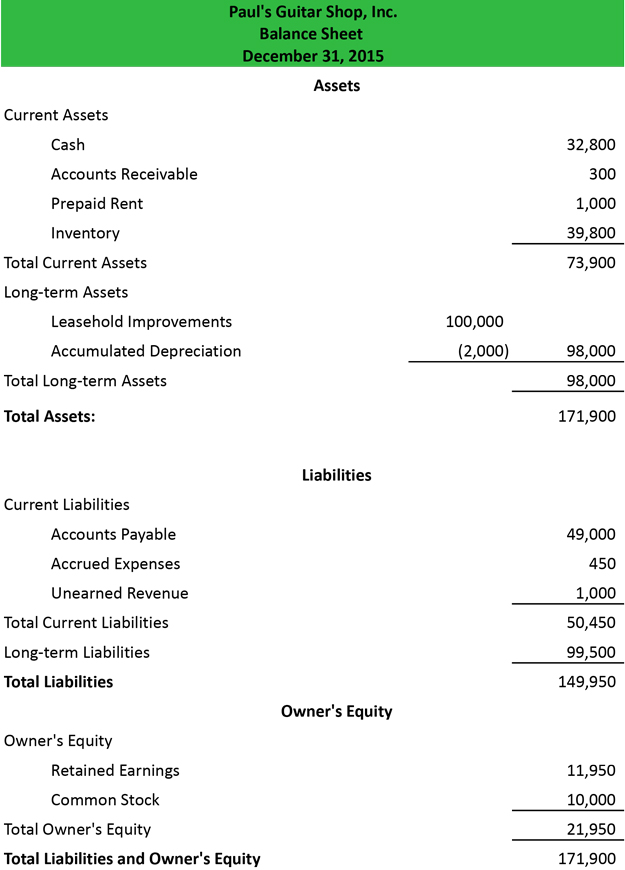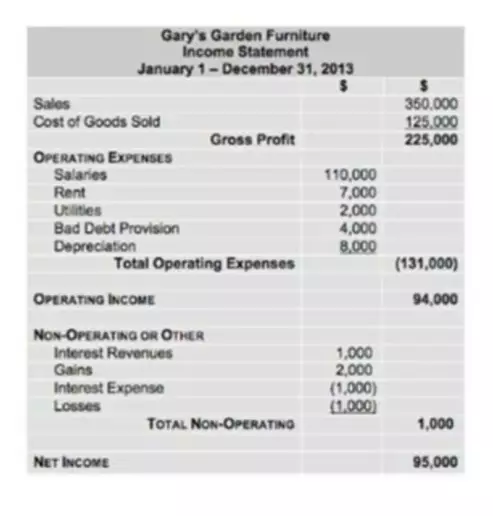Most cited a need for better job costing, project management, equipment management, bid management, and field service management. Premier is the most comprehensive construction accounting software on our list, earning the best overall. It is a cloud-based solution that can help you scale your business by having the right data at your fingertips.
Vista by Viewpoint – Most customizable accounting software
You can use it on various platforms including Android, iOS, desktop, and web browser. You can also integrate it with other third-party applications giving https://www.inkl.com/news/the-significance-of-construction-bookkeeping-for-streamlining-projects you more flexibility and functionalities. Foundation Software is a fantastic tool for those in the construction sector. It has a strong reputation as a reliable brand within the construction industry. The online pricing comes at different subscription levels depending on what you need.
Powerful construction accounting software
Lien waivers are an important part of optimizing construction payment. We are a subcontractor and the GC we are working for is asking us to sign and notarize progress payment line waivers for amounts they have not paid us for, is this legal? They are 60 days behind on our payment yet they are refusing to give us…
Companies & Small Businesses
It can handle enormous amounts of data and large file sizes, but can still work for small contractors that are just starting out. Procore is a great choice if you (or your IT team) need to customize your construction reports or project data in a certain way. Aimed at smaller construction teams, Sage 100 Contractor provides many of the same benefits and tools included in its larger offerings. Not every organization needs multi-company and inter-company features, but nearly every contractor needs a more effective way to price jobs, track expenses and measure profitability over time. Sage 100 How to leverage construction bookkeeping to streamline financial control does just that for contractors running a more close-knit operation.
You’ll be able to streamline payroll administration making sure everyone is paid timely and correctly. QuickBooks for Construction comes in at the best value of all the options on our list. You can get the Plus plan for $49.50 per month for the first three months when it bumps up to $99 per month. The Advanced plan is available for $117.50 per month for the first three months before increasing to $235 per month. Eliminate manual number entry and unlock automatic monthly, quarterly, or yearly reports.
Best for Bid Management
- Project management is critical to meeting budgets on your construction sites.
- It also has a lead management functionality that you can utilize to convert hot leads into projects.
- Each comes with its own advantages and disadvantages, so do your research well to fully understand what each has to offer.
- Most of these solutions include accounting features to support your business from the bidding process to invoicing.
- To record a construction cost, debit the construction in the process column and credit the cash column.
You can deploy the software on Mac, web-based applications, Windows, and iPad or iPhone. Determine your business needs before you go out shopping for accounting software. The type you purchase may depend on the size of the organization or the number of users. Maybe you’re using software, but it’s a siloed program and you’re doing a lot of manual data entry to push each payroll run. Both of these approaches work, but they’re a finish hammer when you need a nail gun. Do yourself a favor and get a solution that works with you, not against you.
ComputerEase – Best for Midsize Companies
Support for Zapier integrations is also a definite plus, as that makes it easy to hook in any apps that aren’t natively supported. Software is designed to help people work more efficiently–it shouldn’t make jobs more difficult or time-consuming to complete. With a proper dispute resolution clause in place, contractors, subs, and suppliers can avoid taking their disputes into litigation. While joint checks and joint check agreements are common in the construction business, these agreements can actually be entered into… Underbilling occurs when a contractor does not bill for all the labor and materials delivered in a billing cycle. This article is the ultimate guide for construction lien waivers including essential information and…
User Experience and Interface
- We encourage you to research and compare multiple accounting software products before choosing one.
- BuilderTREND allows you to send and receive payments online, generate invoices and bids, and even access financing right from within the application.
- That’s because it delivers a deep feature set to support complex workflows with time and billing management, detailed job costing, and financial reporting.
- DelTek ComputerEase has features that make it easy for managers to keep track of material, labor, equipment, and other costs.
- Of course, I have only included construction-specific software on this list.
Most typically start at $200 per user per month, potentially even extending into the four-figure per month range. Of course, for this higher price, I expect a much broader range of features. That includes things like drawing and document management, inventory management, project management tools, billing, and potentially even tasks like payroll. Standout features of CMiC include its plan distribution and viewing platform, which lets you compare different versions of site specifications and design plans from a mobile device in the field. It’s great at job costing, with tracking and monitoring tools for all job materials, labor, subcontractor, and equipment costs.
- Another key feature of Procore is that all data is standardized and easily searchable, helping to reduce miscommunications and errors due to manual entry.
- Stabilize cash flow, enable techs and serve customers better with a streamlined mobile service management solution.
- You can also integrate it with other third-party applications giving you more flexibility and functionalities.
- Striven has features for project and inventory management, job costing, scheduling and more.
- The system also allows you to scan and organize receipts so that all project expenses are kept in one place.
Another key feature of Procore is that all data is standardized and easily searchable, helping to reduce miscommunications and errors due to manual entry. Staff in the office and in the field are all on the same page with real-time updates. It allows for integration with Dropbox, Facebook, QuickBooks, and Excel. It works well for corporations, as well as small and medium-sized businesses. You and your team need a tool that fits the specific jobs you intend to use it for.
















